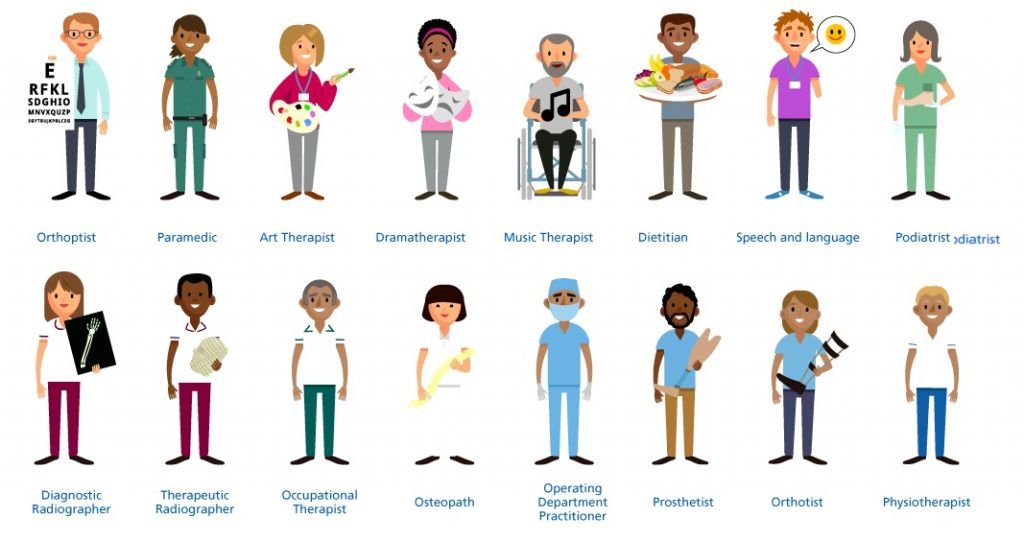4 Stretches to Increase Blood Flow
Are you feeling a bit sluggish or noticing that your legs and arms don't seem as lively as they used to be? Poor blood flow might be the culprit, leaving you wondering how to get that zing back into your step.
Fret not! You're about to discover a simple solution that doesn't involve a trip to the pharmacy – stretching.
Did you know that regular stretching can significantly boost your circulation? That's right - something as effortless as bending and reaching can help usher oxygen-rich blood throughout your body.
This article will guide you through four easy yet effective stretches specifically aimed at enhancing your blood flow. Prepare to say goodbye to stiffness and hello to vitality! Keep reading for newfound flexibility and better health – it's just a stretch away!
Key Takeaways
- Stretching with exercises like Downward Dog, Lunge, Legs-Up-the-Wall Pose, and Toe Touch can significantly boost your body's blood circulation.
- Regular stretching improves the delivery of oxygen and nutrients to various parts of the body while aiding in waste removal from muscles and tissues.
- Enhanced blood flow from these stretches supports cardiovascular health, can reduce muscle soreness after exercise, and contributes to overall vitality.
- These stretches target multiple areas including the legs, arms, brain, groin and feet for comprehensive circulatory benefits throughout your body.
- By incorporating these specific stretching exercises into a daily routine, individuals may experience improved flexibility as well as better organ and tissue function due to increased blood flow.
The Importance of Blood Flow
Proper blood flow is essential for delivering oxygen and nutrients to the body, as well as removing waste products. It also plays a crucial role in the functioning of organs and tissues.
Helps deliver oxygen and nutrients to the body
Good blood flow matters a lot to every part of your body. It's the vital process that delivers oxygen and nutrients to cells, crucial for keeping them alive and well. Think of it as a delivery service that constantly brings fresh supplies where they're needed most.
This ensures your muscles, brain, and heart get the energy required to function at their best.
Boosting circulation through stretching exercises is an excellent way for anyone looking to stay fit and pain-free. Stretches like downward dog or lunges open up vessels, allowing more blood to surge through your body.
This isn’t just about fitness; it’s about nurturing every cell in your system with life-giving essentials. Engaging in regular leg stretches or yoga poses for circulation means you’re directly enhancing cardiovascular health and giving your body the resources it needs to repair itself swiftly after any strain or injury.
Aids in removing waste products
Improved blood circulation assists in expelling waste products, such as carbon dioxide and lactic acid, from muscles and tissues. This process aids in reducing muscle soreness and fatigue after exercise.
Optimal blood flow also supports the efficient functioning of the lymphatic system, which plays a crucial role in removing cellular waste and toxins from the body.
Enhancing blood flow can contribute to better overall health and well-being by promoting the elimination of harmful substances from your body. Engaging in exercises that boost circulation can aid in maintaining a healthy balance of oxygen and nutrients while aiding waste removal, enhancing vascular health, and contributing to improved physical performance.
Important for proper functioning of organs and tissues
Proper blood flow is essential for the body's organs and tissues to function optimally. It delivers vital oxygen and nutrients, aiding in waste removal, which supports overall health.
Blood flow influences the cardiovascular system, ensuring that all parts of the body receive what they need to work efficiently.
Promoting healthy circulation through targeted stretches can assist in improving blood flow throughout the body. This improved vascular health can help alleviate pain and discomfort while enhancing overall physical well-being.
4 Stretches to Increase Blood Flow
- Downward Dog is a great way to stretch the entire body and increase blood flow.
- The Lunge stretch helps to improve circulation in the legs and promotes flexibility.
- Legs-Up-the-Wall Pose can enhance blood flow to the brain and reduce swelling in the feet.
- Toe Touch stretches aid in improving circulation in the groin, arms, and feet.
Downward Dog
The Downward Dog stretch increases blood flow throughout the body, enhancing circulation to the brain and arms. It also helps improve flexibility in the hamstrings and calf muscles, promoting vascular health.
This dynamic stretching exercise can be beneficial for those looking to remove pain and stay fit by improving blood flow and overall cardiovascular health.
By incorporating Downward Dog into your routine, you can expand blood vessels while also boosting blood flow to various parts of the body. This pose is an excellent addition to any circulation exercises aimed at increasing circulation in feet and improving circulation in arms.
Lunge
Transitioning from the energising Downward Dog to the strengthening Lunge, this stretch activates multiple muscle groups and can significantly improve blood flow. Performing lunges helps increase circulation throughout your lower body, promoting better blood flow in the legs and enhancing cardiovascular health.
Engaging in regular lunge exercises can assist in improving blood circulation to your feet, groin, and legs while also boosting overall vascular health. By incorporating lunges into your stretching routine, you actively work towards enhancing flexibility and promoting healthier blood flow throughout your body.
Legs-Up-the-Wall Pose
Performing the Legs-Up-the-Wall Pose enhances leg circulation and promotes blood flow to the brain. This static stretching exercise helps increase vascular health and improve circulation in the legs, groin, arms, and feet.
It also aids in boosting overall blood flow, which is essential for enhancing cardiovascular health.
Next up: "Toe Touch" stretches to further boost blood flow.
Toe Touch
Stretching to touch your toes can significantly improve blood flow to the legs, lower back, and abdomen. It also helps in promoting better circulation to the brain and arms while enhancing flexibility.
As you perform this stretch, focus on breathing deeply and feeling the lengthening of the muscles in your hamstrings.
To maximise its benefits for increasing blood flow, practise toe touches regularly as part of your overall exercise routine. This exercise not only enhances cardiovascular health but also aids in removing waste products from the body, contributing to improved overall functioning.
Conclusion
Incorporating these stretches into your routine can help improve blood flow throughout your body. Downward Dog helps stretch and strengthen the entire body. The Lunge is effective for improving circulation in the legs and groin.
Legs-Up-the-Wall Pose promotes blood flow to the brain, while the Toe Touch enhances circulation in the arms and feet.



